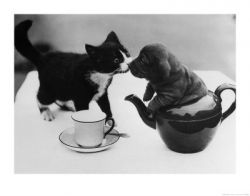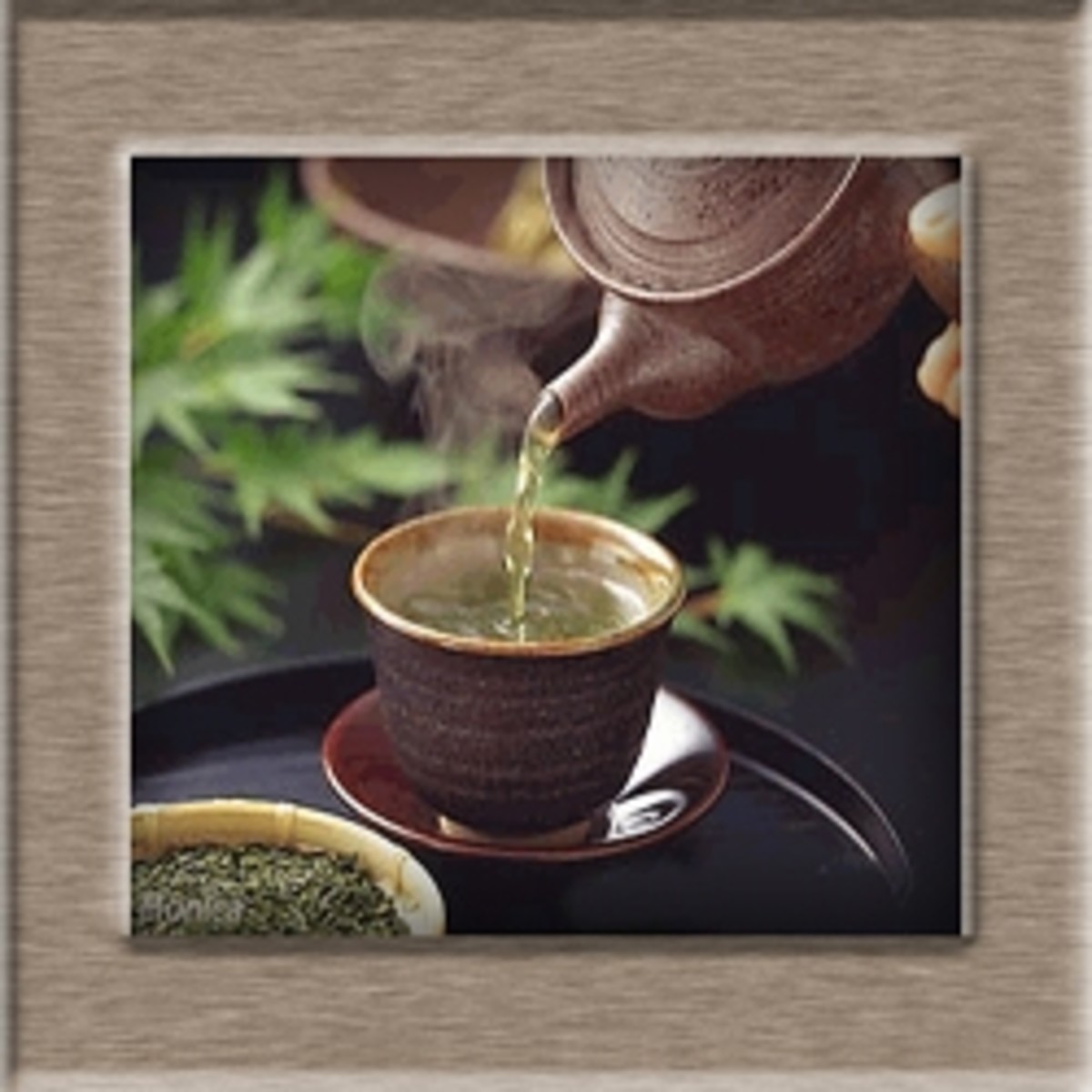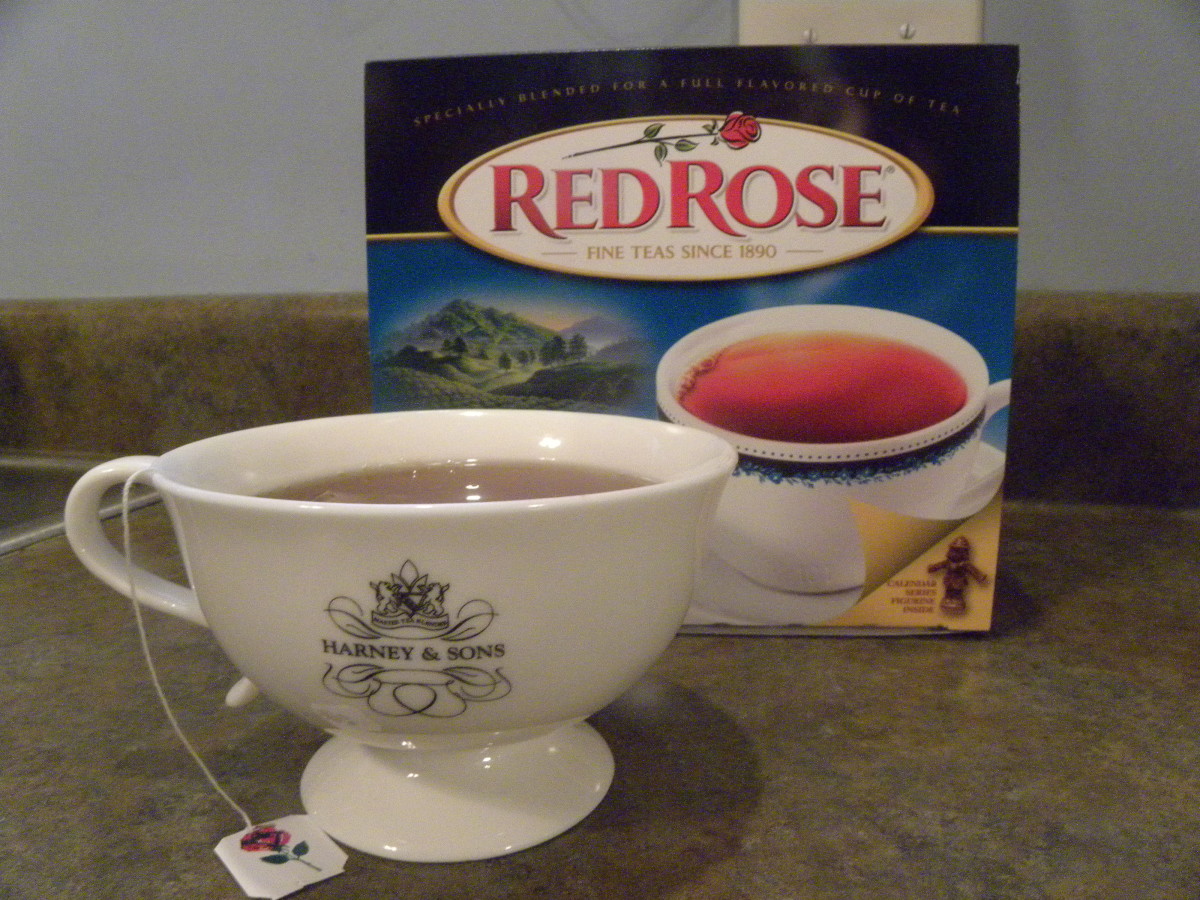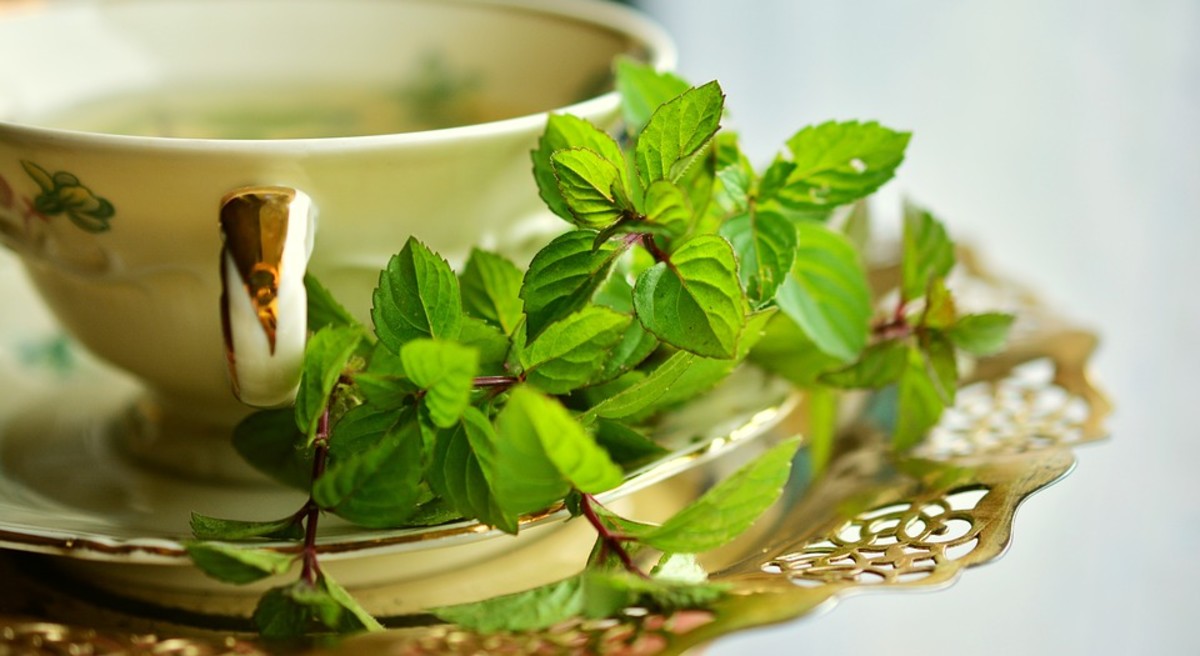How To Make Tea With Loose Tea

How To Make Tea With Loose Tea
Many tea drinkers are a bit intimidated by the process of how to make tea with loose tea. Brewing tea with tea bags is much easier and more convenient. However, loose leaf tea is often more flavorful and loose leaf tea can be less expensive. There are many different types of tea leaves, and the recommendations for brewing vary depending on the type of tea leaf you are brewing. Most types of tea can be steeped more than once without losing flavor.
Here are some simple directions on how to make tea with loose tea based on which type of loose leaf tea you are brewing. Enjoy!
Step 1: Get Your Loose Leaf Tea
Here in the United States, you might have some difficulty locating loose leaf tea. If you are not finding any in the coffee/tea section of your grocer, try the bulk spice section. Many natural food stores and co-ops have extensive bulk food sections, and this is a great way to try out different tea blends before committing to a larger purchase of a tea blend you haven't tried before.
Step 2: Heat Your Water
There are a number of methods for heating water. You can boil it on the stove with a teakettle, heat it in the microwave, or use an electric tea kettle.
Not all teas should be brewed with boiling water, but it is 100% acceptable to use boiling water to brew loose leaf black tea. Refer to the specific directions below based on the type of loose leaf tea leaves you are brewing.
Step 3: Check Your Water Temperature!
Because not all teas should be brewed with boiling water, a good digital thermometer is useful to ensure you do not end up with a bitter tasting cup of tea.
Step 4: Steep Your Loose Leaf Tea
There are many ways you can steep your loose leaf tea. I often use a loose leaf tea steeper that sits in my tea mug because it is easier when enjoying my loose leaf tea alone. There are also teapots with a tea filter built in, which are perfect for enjoying with company.
It is recommended that you steep 1 measuring teaspoon of loose leaf tea to every 8 ounce cup of water.
Re-Steeping?
Yes, you can re-steep, or re-brew, your loose leaf tea! The number of times you can re-steep your loose leaf tea without losing flavor varies depending on the type of tea you are brewing!
Step 5: Time Your Tea
Yes, some loose leaf teas are so temperamental, oversteeping for as little as a minute could be the difference between a delicious cup of tea and an unpleasantly bitter one. For this reason, I strongly recommend using a digital cooking timer as a tea timer.
Step 6: Enjoy In A Teacup!
Sure, you can technically drink your hot tea in a coffee cup or mug. But teacups are much more fun!
How To Make Loose Leaf Black Tea
Black tea is a popular alternative to coffee for a caffeine filled start to the day. Black tea is filled with antioxidants and believed to be a healthier choice than coffee.
To brew loose leaf black tea, steep the tea in boiling water for 3-5 minutes. It isn't recommended to re-steep your loose leaf black tea, but you can get away with one re-steep without too much loss of flavor.
How To Make Loose Leaf Green Tea
Green tea has a medium caffeine content, and is popular throughout Asia. It is very important to brew green tea properly because green tea leaves are very sensitive. Using too hot water, or steeping the loose leaf green teas too long and you will have a very yucky tasting cup of tea.
For a perfect cup of loose leaf green tea, brew the green tea in water at 175 degrees F. Steep the tea for 1-3 minutes. I personally find two minutes is perfect for a cup of green tea. You can re-steep your loose leaf green tea up to 5 times, and you may even discover the taste improves on the second or third steep!
How To Make Loose Leaf Oolong Tea
Oolong teas are medium caffeinated teas that can be re-steeped until the end of time, or at least the end of your tea session. Because loose leaf oolong tea tends to be fluffier, you will probably want to increase the amount of loose leaf tea you use to 1 1/2 to 2 teaspoons per 8 ounce cup of water.
To make your loose leaf oolong tea, steep the leaves in water that is 185 degrees F. As I alluded to earlier, you can re-steep your loose leaf oolong tea at least six times, but probably more. Just change the leaves daily, okay?
Did You Know?
The earliest records of tea drinking date back to the 10th century BC China!
How To Make Loose Leaf Yerba Mate
Yerba Mate hails from South America, and despite having a low caffeine content, users find it can be even more energizing than a cup of black tea. To brew yerba mate, steep it in water at 185 degrees F for 3-5 minutes. You can re-steep your loose leaf yerba mate up to six times, and re-steepng is part of the tradition of drinking yerba mate in South America.
How To Make Loose Leaf White Tea
White tea is another loose leaf tea variety gaining in popularity among tea drinkers. According to Wikipedia, "White tea comes from the delicate buds and younger leaves of the Chinese Camellia sinensis plant. These buds and leaves are allowed to wither in natural sunlight before they are lightly processed to prevent oxidation or further tea processing." White tea is usually low in caffeine.
Because of the fluffier nature of loose leaf white tea, it is recommended you increase the amount of tea you steep to at least two measuring teaspoons per 8 ounce cup of water. I prefer to measure mine with a half-tablespoon measurement that came with my measuring spoons.
Brew your loose leaf white tea in water at a temperature of 185 degrees F for 3-4 minutes. You can re-steep your loose leaf white tea up to five times.
Do You Drink Loose Leaf Tea?
How To Make Loose Leaf Herbal Tea
Herbal tea is a bit of a misnomer, since the term generally refers to brewing herbs and not tea leaves. Herbal teas are usually free of caffeine for this reason.
It is recommended that you brew loose leaf herbal tea at a temperature of 175 degrees F. Steep the tea for 3-5 minutes. You can re-steep herbal tea up to three times.
How To Make Loose Leaf Roobios Tea
Rooibos tea has been gaining in popularity in recent years. The roobios plant is grown in South Africa and produces a tea sometimes called redbush tea or red tea. It contains no caffeine and is brewed just like an herbal tea.
Brew your loose leaf roobios tea in boiling water and steep for 3-5 minutes. You can re-steep your loose leaf roobios tea up to 3 times without losing flavor.



















